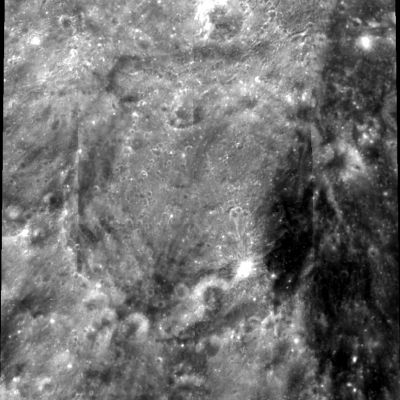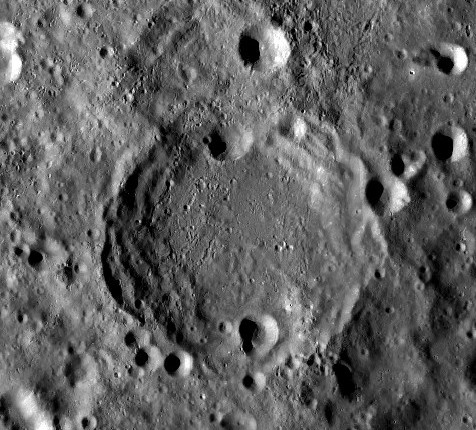McMath
Contents
McMath
| Lat: 17.3°N, Long: 165.6°W, Diam: 86 km, Depth: km, Rükl: (farside) |
Table of Contents
[#McMath McMath]
[#McMath-Images Images]
[#McMath-Maps Maps]
[#McMath-Description Description]
[#McMath-Description: Wikipedia Description: Wikipedia]
[#McMath-Additional Information Additional Information]
[#McMath-Nomenclature Nomenclature]
[#McMath-LPOD Articles LPOD Articles]
[#McMath-Bibliography Bibliography]


left:Clementine, right: LRO-WAC; secondaries chains from nearby Jackson
Images
LPOD Photo Gallery Lunar Orbiter Images
Maps
([/LAC%20zone LAC zone] 51D4) USGS Digital Atlas PDF
Description
Description: Wikipedia
Additional Information
Nomenclature
- Francis Charles McMath (1867-February 13, 1938) was an American engineer and amateur astronomer. He had a strong interest in amateur astronomy, and, along with his son Robert, began an ambitious program of observatory development. Following his death a 24" Cassegrain added to the McMath-Hulbert Observatory was named the F. C. McMath Memorial Telescope.
- Robert Raynolds McMath (May 11, 1891 – January 2, 1962) was a bridge engineer, businessman, and astronomer. Robert's father, Francis C. McMath, had made a fortune as a bridge builder. They both had a keen interest in amateur astronomy. So in 1922, The McMaths, along with Judge Henry S. Hulbert founded the McMath-Hulbert Observatory in Lake Angelus, MI. It was deeded to the University of Michigan in 1931, Robert served as the director of the McMath-Hulbert Observatory until 1961. In 1932, Robert extended the functionality of the spectroheliograph so that it could record motion pictures of the sun. This machine is known as a spectroheliokinematograph; with it, he took astonishing moving pictures of solar storms, showing features on the sun's surface that lasted from seconds to days.
LPOD Articles
Bibliography
This page has been edited 1 times. The last modification was made by - tychocrater tychocrater on Jun 13, 2009 3:24 pm - afx3u2